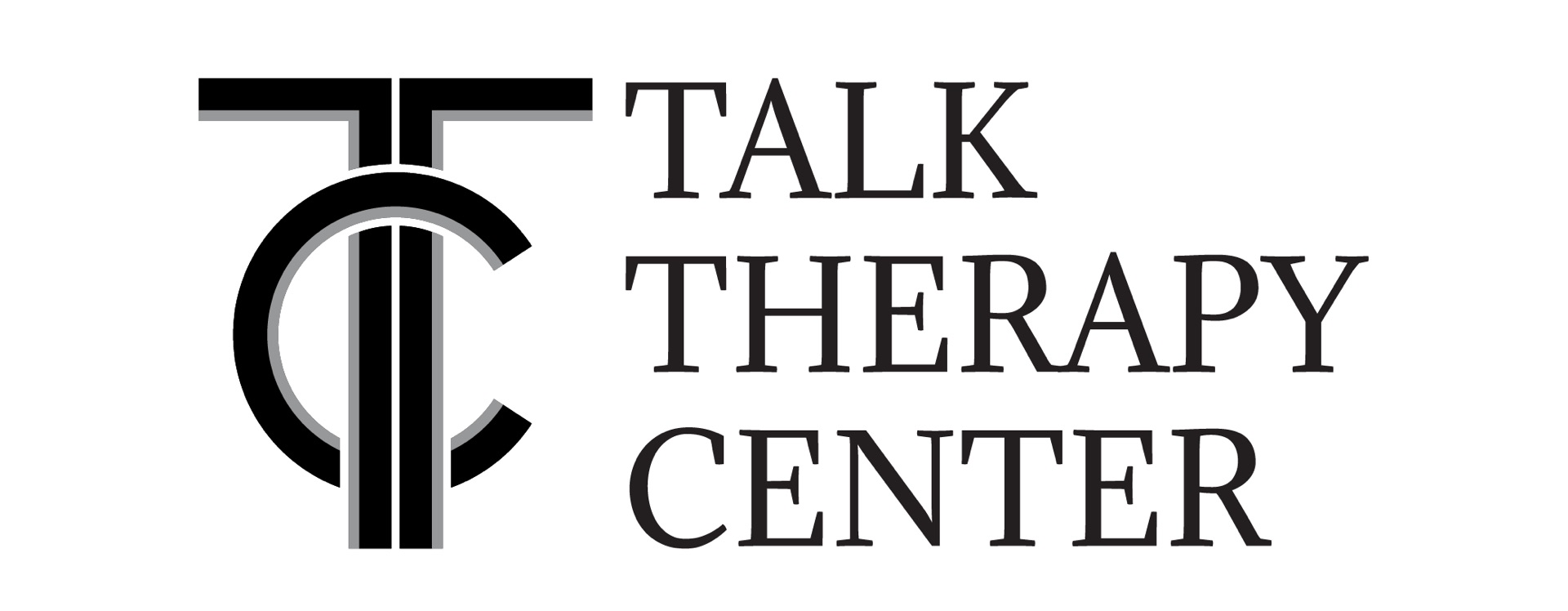Part 3 – A Letter to Therapists: Burnout and the Hands-on Approach to your Salvation

A client’s resistance can be maddening… and burnout inducing.
Therapists find themselves in a unique field. We endure the challenge of experiencing a client’s problem, work to find their resolution/healing/change, and apply a solution to which many clients are resistant to applying. Often times, when a client is unable to find movement, we blame ourselves (and sometimes our client) and our lack of skill to engage in mind control. If we are using emotions to fuel this “healing”, then we are going to place the emotions on ourselves to be a better therapist or we are going to increase our emotions to help get the client unstuck. While our problem-solving strategies, interventions, and orientations may be unsuccessful with any particular client, using emotional energy to create a spark is often not effective.
The first “stuckness” a therapist can run into is that of the “brick wall in front of the endzone.” No matter what we do in session, we just run over and over into this wall. This can be addiction, abuse, or affairs (to name a few) which are some common brick walls that just don’t seem to respond well to therapy. They especially do not respond well to emotional energy.
“WHY DON’T YOU JUST STOP EATING ALL THOSE SWEETS!”
When you find yourself with an end zone being blocked, the best strategy to use is the connect and accept as mentioned in Part 2 of this blog. Resistance can be highly frustrating if you are looking for your “healing” to have taken place by now. “I get it that this weight loss is so hard for you to start working on and the plans we have made for weight loss programs, support groups, journaling, CBT worksheets, and scream therapy haven’t been something you’ve followed through on. Changing something so entrenched is hard. What do you think we could work on about weight loss that isn’t taking those first steps?” In this example, I was able to shift my direction and stop running into the brick wall over and over which would have led to burnout. Being able to find movement with clients is not only beneficial for them, but it’s beneficial for us as the therapist wanting to see change/healing. These pivots to moveable areas allow us to be less emotionally stuck with the desired change/healing and open to all the wiggling around that takes place as the journey is well underway. (We all need to do several tasks before stepping out our front door. Give your clients the same leeway in making changes that they’ve been unable to make by themselves.)
The second “stuckness” a therapist sees is that of the moving end zone/moving target. A depressed client will offer this scenario time and time again. “I ended up spending time with my friends this weekend, but when I was there, I felt more depressed than when I am in my room alone.” “I started some antidepressants and I hate how they make me feel so I’m going to just stop taking them.” These movements towards a goal and apparent lack of progress can eventually trigger burnout in a significant way. It the “rugged pulled out from under our feet” experience that plays havoc on our emotions, especially if our emotions with a particular client are tied to outcomes and not the process.
The moving end zone problem can be dealt with utilizing the strategy of “aim at the target.” Aiming at the target is focusing on where you’re going rather than where you are. Thinking “we are on the path of change and I don’t need to have change now for this to happen” will allow us to pour compassion into our clients. A client will often discuss the details of their painful experiences and if we are sitting in the passenger seat with them and really taking in what they’re saying, we are more likely to be experiencing their pain in a secondhand way (secondary trauma).
In the next section, we will look at one of the most important factors in burnout for therapists. Secondary trauma and exposure.
By Jason Temple, LMFT

